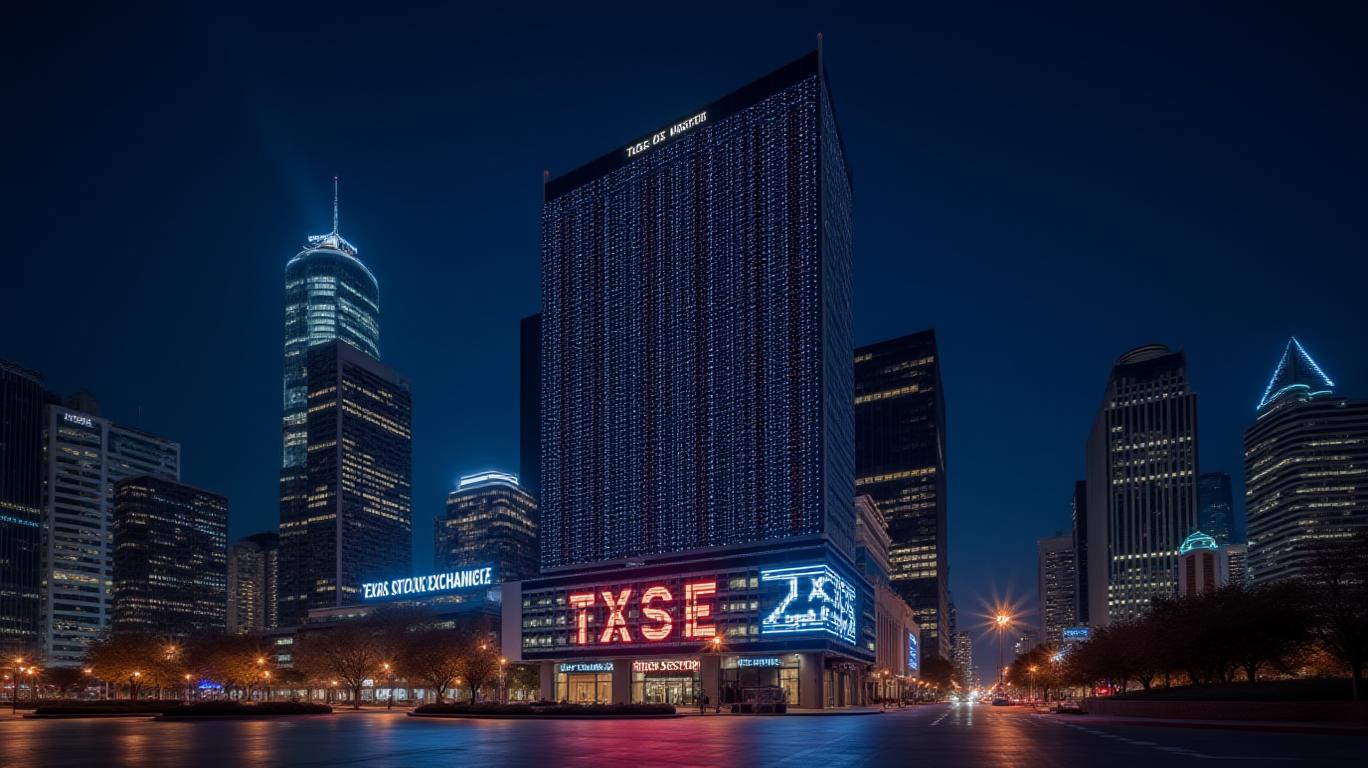Cadence Bank’s Texas Gambit: A Bold Play for Growth or Regulatory Roll of the Dice?
Cadence Bank (NYSE: CADE) has placed a significant bet on expanding its Texas footprint through its proposed acquisition of Industry Bancshares, Inc., a regional banking powerhouse with six subsidiaries and 27 branches across Central and Southeast Texas. The deal, announced in late April 2025, promises to reshape Cadence’s presence in a critical growth market—but its success hinges on navigating regulatory hurdles and a volatile banking landscape.

The Deal’s Financial Blueprint
Industry Bancshares brings $4.4 billion in assets, $1.1 billion in loans, and a staggering $4.5 billion in deposits as of March 2025—a deposit-rich base that Cadence CEO Dan Rollins called “a strategic anchor” for its expansion. The payment structure, however, is uniquely contingent on Industry’s financial health at closing: Cadence will pay between $20 million and $60 million in cash, with the final amount tied to Industry’s equity capital. This mechanism shields Cadence from overpaying if Industry’s capital falls short of expectations, but it also introduces uncertainty.
Cadence’s shares have risen steadily over the past year, outperforming broader regional bank benchmarks, reflecting investor confidence in its growth strategy. Yet the stock’s trajectory could face volatility as regulators scrutinize the deal.
Regulatory Crossroads
The merger requires approvals from federal and state banking regulators, including the Federal Reserve and Texas’s Department of Banking. While Cadence and Industry’s boards have unanimously endorsed the deal, neither party has yet secured regulatory clearance. A key sticking point is Industry’s need to meet a minimum equity threshold at closing—a condition that could be disrupted by economic headwinds or shifts in interest rates.
The timeline remains tight: Cadence aims to close the deal by late 2025, but delays are common in such transactions. Recent regulatory trends, including heightened scrutiny of bank mergers post-pandemic, suggest this could be a prolonged process.
Strategic Rationale: A Texas Play or a Niche Necessity?
Cadence’s push into Central and Southeast Texas isn’t merely about scale—it’s about deepening roots in a state where it already holds a $50 billion regional footprint. The acquired branches serve markets with strong local ties, a priority for Cadence’s community-focused model. Executives like Doak Hartley and Michelle Hodge, who will retain leadership roles, embody that localized expertise.
The merger also addresses Cadence’s broader growth challenges. While its first-quarter 2025 earnings showed resilience—$130.9 million in GAAP net income—the bank has faced slowing loan growth in some regions. Industry’s deposits, particularly in high-growth sectors like agriculture and small business, could offset those weaknesses.
Risks on the Horizon
The deal’s risks are manifold. Should regulators balk at the equity condition, Cadence could face a scramble to renegotiate terms—or walk away. Similarly, shareholder approval from both sides is far from guaranteed, though the lack of dissent in board votes suggests optimism.
Integration is another hurdle. Merging six banks into Cadence’s existing structure without disrupting customer relationships will require meticulous planning. “The real test is whether they can retain the local culture while leveraging Cadence’s technology,” said one analyst familiar with the deal.
Conclusion: A Calculated Gamble
Cadence’s acquisition of Industry Bancshares represents a bold move to solidify its position in Texas—a region critical to its long-term growth. With $4.5 billion in deposits alone, the deal adds scale without overextending Cadence’s balance sheet. Yet its success depends on three factors:
- Regulatory Approval: Cadence must secure sign-off from federal and state regulators, a process that could stretch into 2026 if delayed.
- Equity Threshold: Industry’s financial health at closing will determine the final payment, creating a high-reward, high-risk scenario for Cadence.
- Cultural Integration: Retaining eight key executives and 27 branches’ local teams will be vital to maintaining customer trust.
For investors, the deal’s risks are mitigated by Cadence’s strong financials—its $0.71 adjusted EPS in Q1 2025 beat expectations—and its stated $10 million share repurchase program (pending Fed approval), which signals confidence in its capital position.
In the end, Cadence’s Texas gambit is less about risk and more about strategic necessity. As Rollins noted, “This isn’t just about numbers—it’s about building communities.” Whether that vision translates into shareholder value will depend on execution in an increasingly competitive banking landscape.










